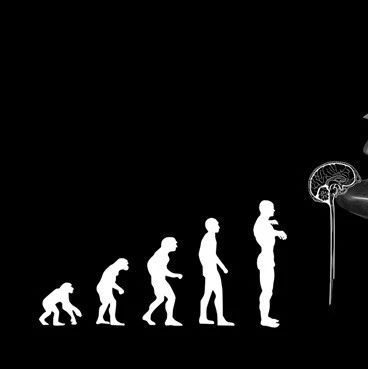研究人员表示,如果将一个男人安排在他认为非常具有吸引力的女性身边,他的心跳一定会加速。但面对富有吸引力的男性,女人身体将作出怎样的反应却很难进行预测。
研究人员发现,男性身体在感觉受到刺激时经常发生反应,但只有一些女性的身体存在这种现象。这一发现证实了长期存在的质疑,即在本能的欲望面前,两性的反应无法实现“同步”。
科学家对1969年至2007年刊登的一系列研究进行了分析,共有超过2500名女性和1900名男性参与了这些研究。研究过程中,参与者被要求回答在面对性爱图片等一系列刺激物过程中以及之后,他们感觉到多大程度的兴奋。研究人员将他们的答案(主观兴奋感)与其生理反应进行比较,生理反应通过测量流向生殖器的血量加以体现。
男性的主观想法与生理反应非常接近,但女性的身体和想法之间往往相矛盾。虽然身体并未出现可以辨别的变化,但一些女性仍表示产生兴奋感。其他一些女性则恰恰相反,即使身体迹象表明她们已处于兴奋之中,但她们本人却表示并未产生兴奋感。类似这样的矛盾在男性中间很少出现。
加拿大安大略皇后大学心理学家梅雷迪思柴维斯教授表示:“我们希望发现人类性冲动的主观体验如何密切反映生殖器的生理反应,以及在这件事情上男性和女性是否存在差异。”柴维斯等人的研究发现刊登在《性行为档案》(Archives of Sexual Behavior)杂志上。
这位女教授指出,这些发现有助于未来有关两性差异以及性冲动反应方式的研究。在柴维斯等人进行此项研究前一天,研究人员发现据信可让女性达到性高潮的性敏感区G点可能并不存在。他们表示,相信这个性敏感区存在只有说明两性对他们的性生活信心不足。
推荐原始出处:
Archives of Sexual Behavior, 2010; DOI: 10.1007/s10508-009-9556-9
Agreement of Self-Reported and Genital Measures of Sexual Arousal in Men and Women: A Meta-Analysis
Meredith L. Chivers1 , Michael C. Seto2, Martin L. Lalumière3, Ellen Laan4 and Teresa Grimbos5
(1) Department of Psychology, Queen’s University, Kingston, ON, K7L 3N6, Canada
(2) Royal Ottawa Health Care Group, Brockville, ON, Canada
(3) Department of Psychology and Neuroscience, University of Lethbridge, Lethbridge, AB, Canada
(4) Department of Sexology and Psychosomatic Obstetrics and Gynecology, Academic Medical Center, University of Amsterdam, Amsterdam, The Netherlands
(5) Department of Human Development and Applied Psychology, University of Toronto, Toronto, ON, Canada
The assessment of sexual arousal in men and women informs theoretical studies of human sexuality and provides a method to assess and evaluate the treatment of sexual dysfunctions and paraphilias. Understanding measures of arousal is, therefore, paramount to further theoretical and practical advances in the study of human sexuality. In this meta-analysis, we review research to quantify the extent of agreement between self-reported and genital measures of sexual arousal, to determine if there is a gender difference in this agreement, and to identify theoretical and methodological moderators of subjective-genital agreement. We identified 132 peer- or academically-reviewed laboratory studies published between 1969 and 2007 reporting a correlation between self-reported and genital measures of sexual arousal, with total sample sizes of 2,505 women and 1,918 men. There was a statistically significant gender difference in the agreement between self-reported and genital measures, with men (r = .66) showing a greater degree of agreement than women (r = .26). Two methodological moderators of the gender difference in subjective-genital agreement were identified: stimulus variability and timing of the assessment of self-reported sexual arousal. The results have implications for assessment of sexual arousal, the nature of gender differences in sexual arousal, and models of sexual response.







